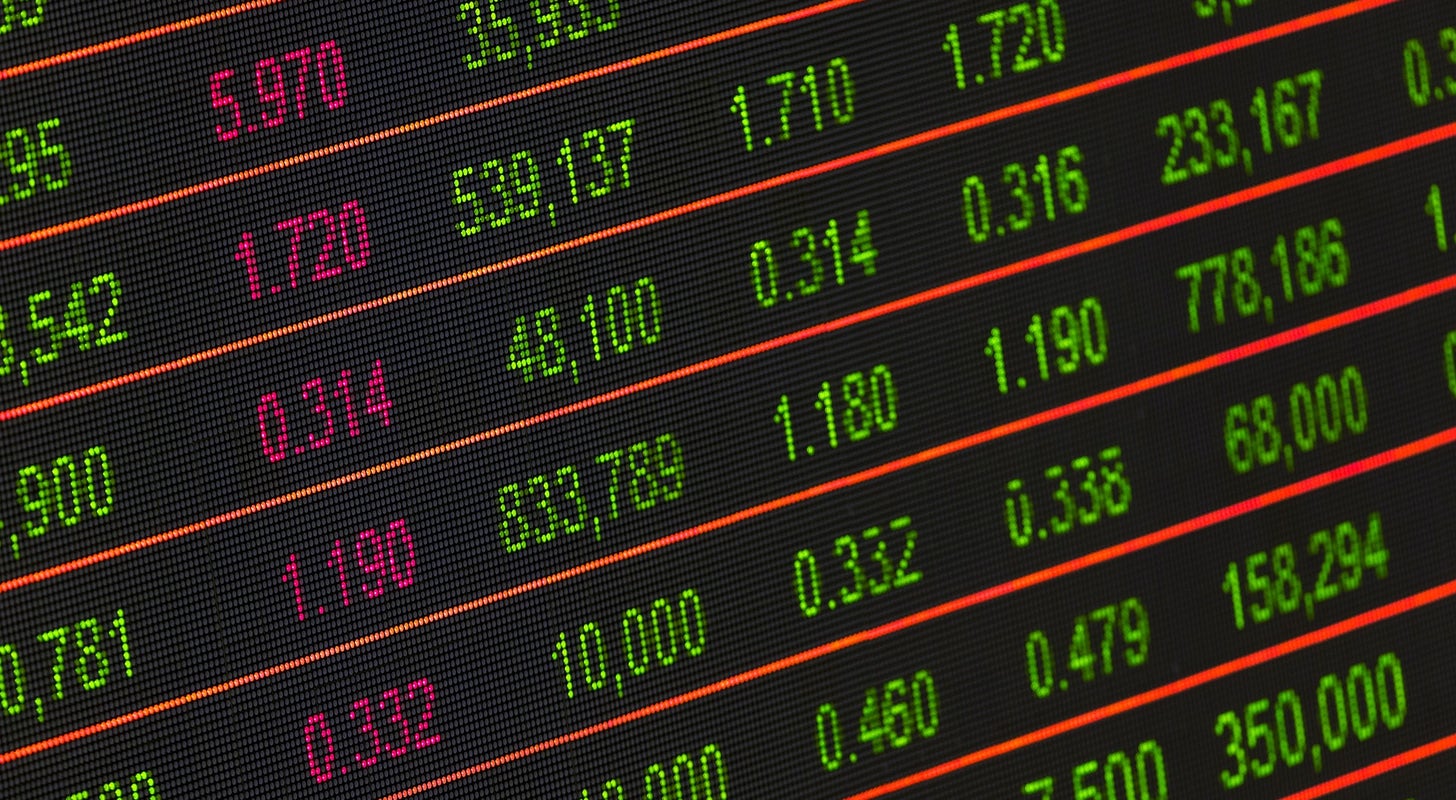A Look Into Trade Desk Inc's Price Over Earnings P/E ratio, NASDAQ:TTD, Media industry, Trade Desk Inc by https://www.benzinga.com/

AI Insights:
Simple Explanation:
Trade Desk is a company that helps put ads on websites, apps and TV shows. People can buy shares of this company, which means they own a little piece of it. The price-to-earnings ratio (P/E ratio) tells us how much money we need to pay for each piece of the company compared to how much money the company makes from its business. A lower P/E ratio is usually better because it means the pieces are cheaper, but it doesn't always mean the company will do well in the future. It is important to look at other things too when deciding if we want to buy a piece of Trade Desk or not. Read from source...
Critical Perspective:
- The author uses a vague and subjective term "better" to compare Trade Desk Inc.'s P/E ratio with the aggregate P/E ratio of the Media industry. A more precise and objective way to measure performance would be to use a benchmark or a peer group that is relevant to Trade Desk's business model, products, services, and competitive advantages.
- The author does not provide any evidence or data to support the claim that Trade Desk Inc. might perform better in the future than its industry group. This is an unfounded speculation that relies on assumptions and expectations that may or may not materialize. A more rigorous analysis would require historical and projected financial statements, key performance indicators, market trends, customer feedback, competitive intelligence, and other factors that influence the company's growth prospects and profitability potential.
- The author implies that a low P/E ratio is always an indication of undervaluation, which is not true. A low P/E ratio can also indicate weak growth prospects or financial instability, as well as other factors such as high debt levels, negative cash flow, high taxes, regulatory uncertainties, litigation risks, etc. A low P/E ratio alone does not guarantee a good investment opportunity, and it should be combined with other financial ratios, industry benchmarks, qualitative factors, and common sense to make an informed decision.
- The author uses the term "overvalued" without defining what it means or how to measure it. Overvaluation can be relative or absolute, depending on whether one compares a stock's price with its intrinsic value or with its peers' prices. Intrinsic value is subjective and depends on various factors such as discounted cash flow projections, dividend growth rates, asset values, etc. Peer comparison is more objective but still requires a clear and relevant benchmark that reflects the company's competitive advantages and industry dynamics. Overvaluation can also change over time, depending on how the market perceives a stock's potential and risks, and it may not be consistent with its fundamentals or future performance.
- The author does not address the limitations of using P/E ratio as an investment tool, such as the fact that it does not account for depreciation, amortization, deferred taxes, non-cash items, intangible assets, goodwill, leases, etc. These factors can significantly affect a company's net income and cash flow, which are more reliable indicators of its financial health and profitability. P/E ratio also does not account for the quality or sustainability of earnings, which can be influenced by one-time events, accounting gimmicks, stock buybacks, dividend
Investment Analysis:
We are not financial advisors. It's always essential for you to consult with a financial advisor and do your research before making any decisions about investments.
1. Trade Desk Inc (TTD) has a price-to-earnings ratio of 18.59, which is higher than the industry average of 13.24 for the Media sector. This suggests that TTD may be overvalued relative to its peers and the market as a whole.
2. However, Trade Desk Inc has demonstrated strong revenue growth in recent years, with an annualized growth rate of 29.6% over the past five years. This indicates that the company has a robust business model and a competitive advantage in the digital advertising space.
3. One potential risk for TTD is the increasing competition from other platforms such as Google and Facebook, which have dominant positions in online advertising. These companies may be able to offer more attractive pricing or better products to customers, eroding Trade Desk's market share and profitability.
4. Another risk factor is the regulatory environment, especially with regards to data privacy and digital ad targeting. Changes in laws or regulations could impact TTD's ability to collect and use customer data for advertising purposes, affecting its performance and growth prospects.
5. Finally, Trade Desk Inc has a high degree of debt, with a debt-to-equity ratio of 1.07. This means that the company relies heavily on borrowed money to finance its operations and may face difficulties in servicing its obligations if interest rates rise or its cash flow deteriorates.